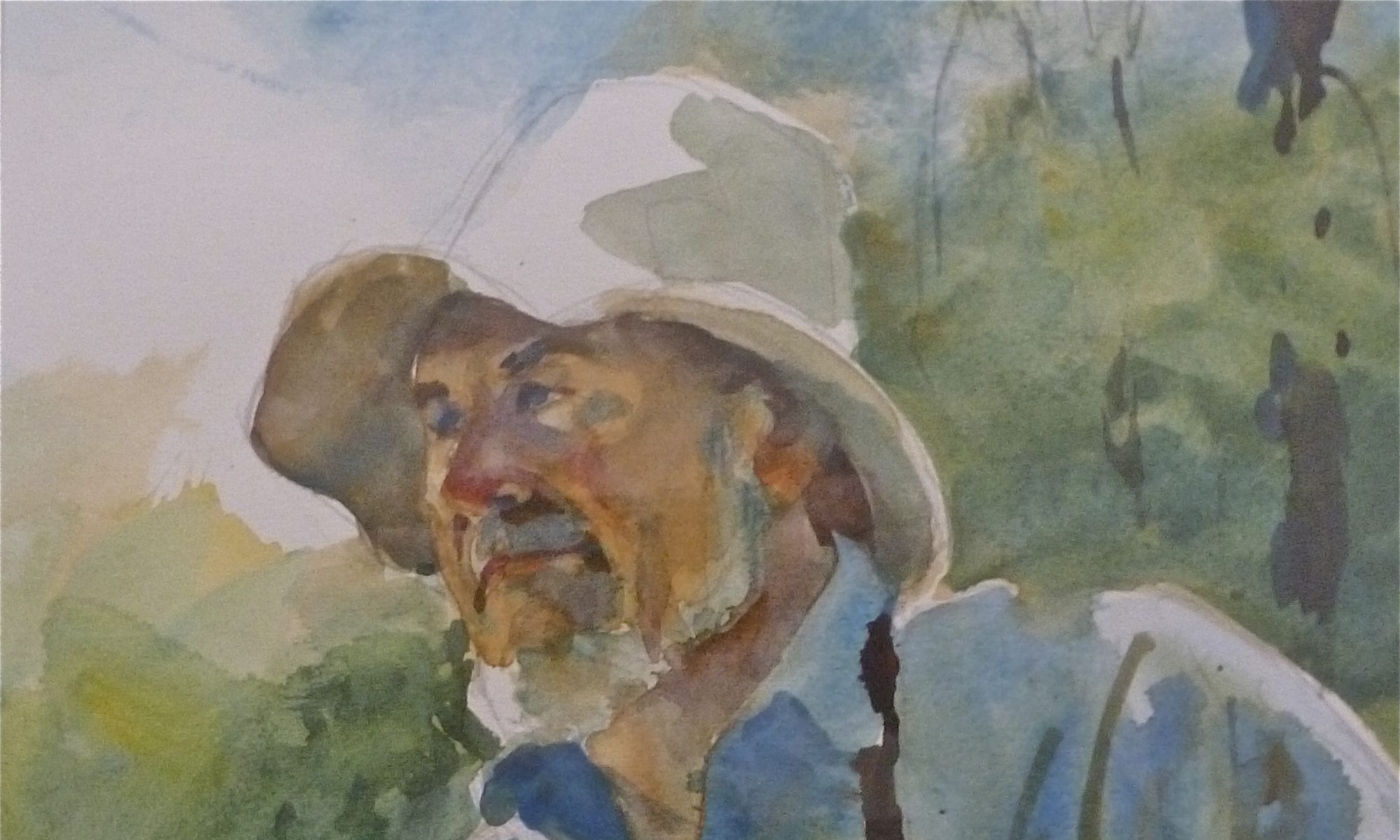Part 3 left us off at the Union St. bridge that connects Marshfield To Norwell.
I will let Walter Crossley ,”The Story Teller” continue his observations.
FLOATING CAFE
“Joseph Tripp, owner of the Old Howard House at Hanover’s four corners, acquired a large boat and had it tied up just below the bridge on the Marshfield side . I believe he intended to operate it as a floating cafe. I do not think it ever materialized, but I do remember going aboard the boat and seeing a sizeable cabin, a head,a galley, and a forecastle or bunk room forward. I have no idea whatever became of it.”

“Mr Tripp owned the first speedboat that I can remember. It was fairly long and low and quite narrow. It was apparently built with little planning. It had a four cylinder engine and by that I mean four separate one cylinders operating on a single crankshaft.
Again, no clutch, It presented one major problem that was somewhat unsolvable.”
“Start the engine and it went great (for those days) until the boat hit the next bend, then it had to slow to make the turn,invariably, the engine would stop. Cranked by hand, it started just in time for the next bend were the process was repeated….. the boat slowed and the engine stopped. I do not think this craft ever made a complete trip in either direction under it’s own power. I know my father towed it several times, and I remember others doing the same.”
“Having safely passing the Union Bridge, boats-men could relax for a considerable distance. There were no rocks or navigational hazards. The only problem was to keep in the river when high tide invaded the marsh.”

The river is here somewhere!
“At one time there was a large Indian village near the site of the Union Bridge on the Norwell side of the river, and it extended over a wide area between the river and the hills.”
“I have found many stone implements here. The different patterns and workmanship suggest many generations of Indians lived in this area.”

NELSON’S

Originally the Moses Rogers Farm, and known as the Moses Rogers Hill, now known as Nelson’s Hill.
“Further down river is Nelson’s Hill and Nelson’s Woods on the Marshfield side. In those days there was a large peach orchard atop the hill and it was the scene of many a raid from boatsmen passing below. Nelson’s Wood’s had a heavy growth of hardwood trees extending all around the hill and through the meadow to Highland St.”
At sometime before WW l , these trees were cut in long lengths to be used for piling. A rough landing was built so that a barge could be tide along side and could be loaded on. It was considered quite an event when the tug and barge came up. The railroad bridge and Little’s bridge had to be opened for passage up-river and again for the return trip. A particularly vivid memory is attached to the first trip. A pier existed at the railroad bridge and it could hold a large audience. I remember the tug pulled into the pier and the captain asked for a pilot.He was told I knew the river and accepted me, so I hopped aboard.”

“She was the largest vessel I had ever been on, and I can still remember the thrill of giving directions to the helmsmen. On the return trip, he pulled close to the pier so that I could jump off and in the doing so. bumped the bridge with the barge. The bridge was damaged and when it was lowered , work crews found that the rails were several inches out of line. They finally adopted the expedient of hoisting the draw up halfway and letting it fall with a crash. This and some work with pry bars managed to get the rails back in line.
I can still see the section boss, Mr. Sam Smith, dancing up and down and demanding in no uncertain terms, that then tug come back and hit the bridge on the other side to straighten it out.”
NOTE: Walter’s story now goes back up-river.
“Next on the Norwell side was King’s Landing I have no idea where that name came from, but I do remember there being only one summer cottage there. Now the landing is the scene of Captain Lincoln’s Boat Yard and quite a number of private dwellings, some being occupied all year.”
“Nelson’s or Cove Creek comes next. This was a favorite place for bobbing eels. Fishing at the proper stage of the tide and at night could mean half a barrel of good eels for two or three men with bobs. This area is also the fartherest upstream that I have ever caught flounders.
“On a narrow point of meadow between the river and the creek, someone had an old scow propped up on posts which in turn held a small cottage. This was used as a summer cottage for some time until an extra high tide washed it away during a winter storm. There is no evidence of its existence now”.

“The river from here, winds through the marsh with no distinguishing landmarks. once again loosing the river channel during high tide covering the marsh.”
NEXT DOWNSTREAM
 MARY’S BOAT YARD
MARY’S BOAT YARD
I will continue to bring you “The Story Tellers” memoirs of traveling on the North River, from Mary’s to Fourth Cliff in the next posting.
W. Ray Freden.
